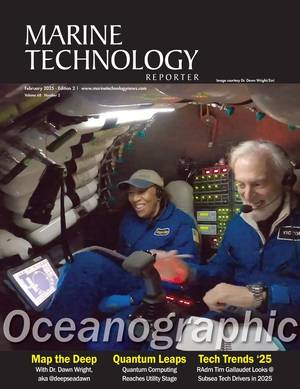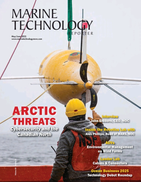New 3D Subsea Monitoring System from Kongsberg
Kongsberg Maritime,says it has launched a unique solution for the detection of scouring, corrosion, deformation and marine growth, which can destabilise wind turbines and underwater structures causing expensive, and potentially environmentally hazardous damage.
On show at WindEnergy Hamburg 2014, the new K-Observer system, which is part of Kongsberg Maritime's Modular Subsea Monitoring Network (MSM), provides accurate, remote hydroacoustic 3D monitoring using the Dual Axis Scanning Sonar (DAS) to continuously monitor the seabed and the substructure.
The 3D point cloud data created by the DAS is logged and transmitted to shore via the telemetry infrastructure of the K-Observer System (cabled, wireless or satellite) installed on the turbine. The system is designed for long-term installations and performs fully autonomously, from sensor control, data acquisition, to data processing, presentation of results and issuing of alarms (e.g. by text message or email).
K-Observer accurately scans and interprets the condition of the seabed around the base of the structure (scouring and sediment displacement), as well as the state of the substructure itself (deformation, marine growth and corrosion) so experts on shore can initiate immediate action or preventative maintenance if required. This is a comparably low cost, safe and time efficient method of monitoring and detection compared to i.e. diver surveys.
Kongsberg explains that the K-Observer is a highly advanced system that not only monitors and observes the depth of the seabed around each wind turbine or subsea structure (scour and sediment displacement), which is important information in itself, but also provides insight regarding the current state of the substructure itself (deformation, marine growth and corrosion). This translates into lower intervention costs for maintaining the structure within the design parameters and avoids reductions in the life span of the wind turbine associated with unstable foundations and vibration induced structural fatigue.
Advanced data processing and power management strategies ensure the MSM's ability to deliver critical sensor data continuously, for long duration missions. The modularity and scalability of the MSM allows for easy deployment and adaptation to different monitoring tasks, ranging from very early leak detection and condition monitoring around subsea structures to environmental monitoring on the seabed and in the water column.
The MSM was developed in co-operation with the Kongsberg Maritime owned, Germany based company, Kongsberg Maritime Embient. Over the last years Embient has developed a strong in-house competence within underwater inspection and monitoring, as well as on subsea leak detection

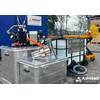
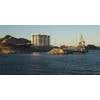
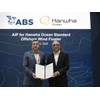
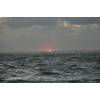
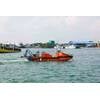






 February 2025
February 2025
